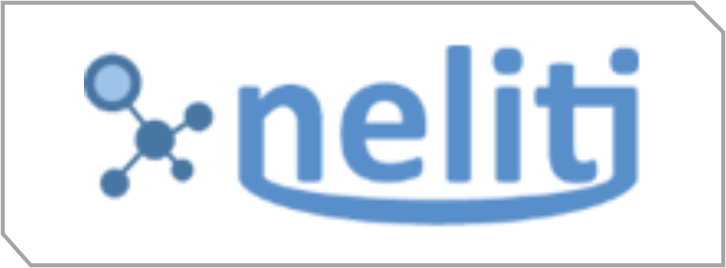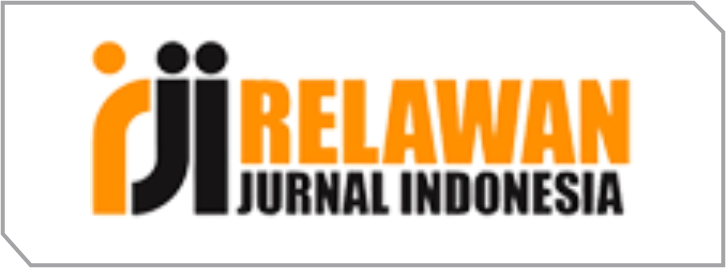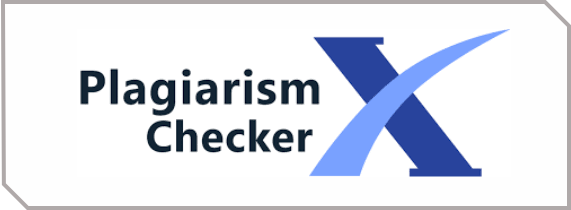Influence of Information Security Culture on the Information Security Governance Capabilities (Case Study: PT XYZ)
DOI:
https://doi.org/10.53748/jmis.v1i2.19Keywords:
Capability Level, COBIT, Governance, Information Security CultureAbstract
Objective – To analyze the relationship between a company’s information security approach/culture with its information security governance capabilities based on COBIT 5 framework and provide recommendations that can be used to improve the company's information security capabilities per COBIT 5 standard.
Methodology – The research uses qualitative and quantitative methods by conducting interviews and distributing questionnaires to 3 members of the IT Department at PT XYZ.
Findings – The research found that the measured COBIT 5 processes (APO13 and DSS05) failed to reach the expected target (level 4), with each DSS05 and APO13 can only reach level 1 and 2 respectively. In addition, several flaws were also found in the company’s information security culturethat may have contributed directly or indirectly to the current state of the company’s information security capabilities.
Novelty – In this study, the researchers expand the previous study on information security culture conducted in 2010 by performing a security audit on a company's IT department to analyze the connection between corporate culture, especially information security culture and the capability level of information security governance. The company thus can make improvements or corrections to its information security approach/culture based on the recommendations provided with COBIT 5 framework.
Keywords: Capability Level; COBIT; Governance; Information Security Culture.
Downloads
Downloads
Published
How to Cite
Issue
Section
License
Copyright (c) 2021 Kevin Suwandi, Johan Setiawan

This work is licensed under a Creative Commons Attribution-NonCommercial-ShareAlike 4.0 International License.
Authors retain copyright and grant the journal right of first publication with the work simultaneously licensed under a Creative Commons Attribution 4.0 (CC 4.0) that allows others to share the work with an acknowledgement of the work's authorship and initial publication in this journal.
Authors are able to enter into separate, additional contractual arrangements for the non-exclusive distribution of the journal's published version of the work (e.g., post it to an institutional repository or publish it in a book), with an acknowledgement of its initial publication in this journal.


















